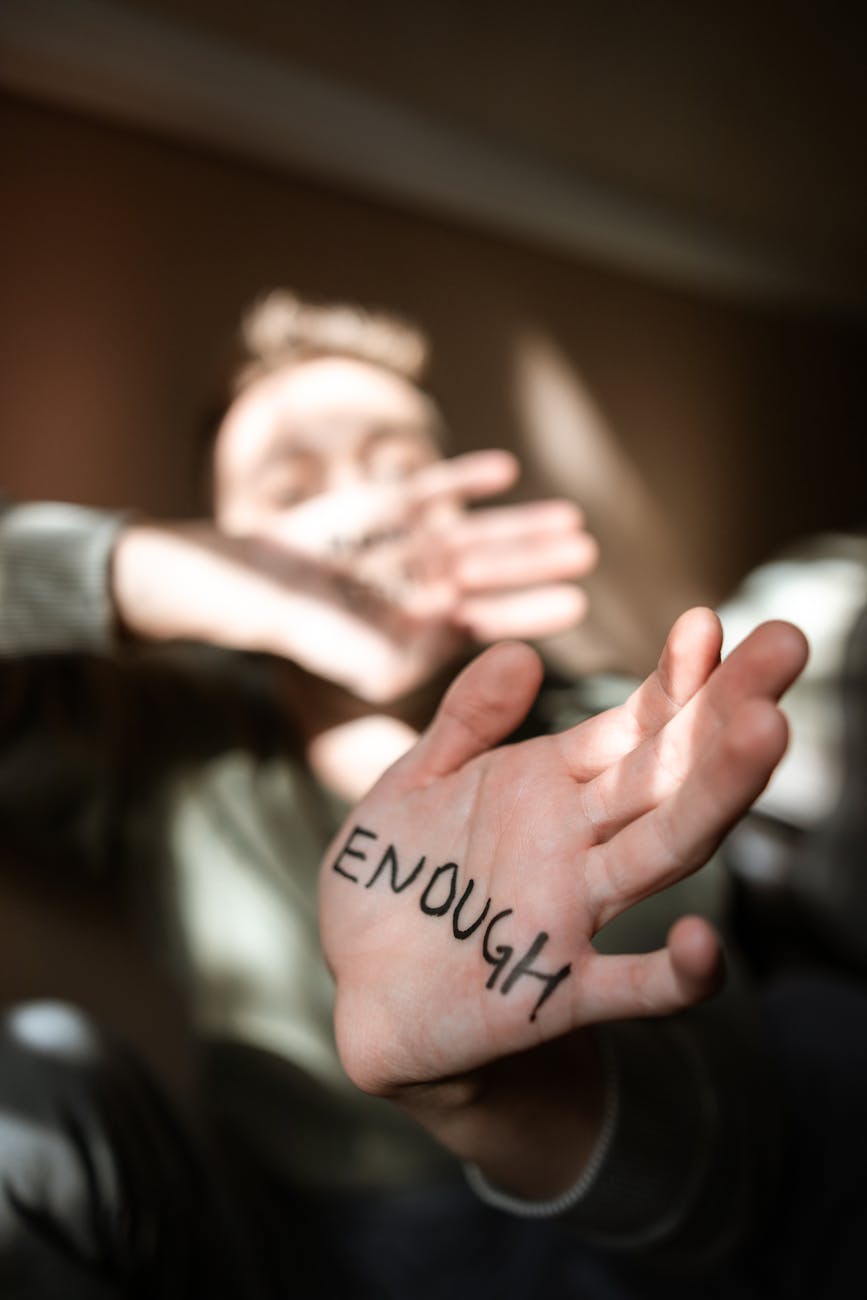Insights from Text Messages: A Chilling Prelude to Violence
In a shocking turn of events, the case surrounding the shooting involving Charlie Kirk has taken a darker twist with the emergence of text messages allegedly exchanged between Tyler Robinson, the suspected shooter, and his roommate. These communications, made public through charging documents released by Utah County officials, offer a disturbing glimpse into the mind of the accused just hours before the incident unfolded. The reality is that these messages may have been overlooked signs of a brewing storm, making it imperative to examine the context and implications of such exchanges.
Planning Gone Awry: The Day of the Shooting
On the day of the shooting, Robinson reportedly communicated with his roommate about a range of unsettling topics, including discussions about his rifle. This kind of talk raises red flags, suggesting premeditation and an alarming level of forethought. The content of these messages indicates that Robinson was not only aware of what he was planning but was possibly trying to gauge his roommate’s reactions or thoughts on the matter. Such conversations can often be indicative of a deeper, more sinister intent. What’s particularly troubling is that this wasn’t merely idle chatter; it was an orchestration of thoughts that could lead to catastrophic action. The roommate’s response, or lack thereof, could have drastically altered the course of events.
Possible Motives and Alarming Revelations
The messages hint at a possible motive behind Robinson’s violent actions. While the exact reasons remain unclear, the fact that he was discussing these topics with someone close to him points to a level of comfort or normalization of violent thoughts. This raises significant concerns about the warning signs that often accompany such tragic events. Those who are close to individuals with violent tendencies might find themselves in a position where they could potentially intervene, but too often, the signs go unnoticed or unaddressed. The nuances of these conversations could reveal layers of frustration, anger, or even a sense of justification for his actions, highlighting the need for deeper exploration into the psyche of those who commit such violent acts.
The Role of Communication in Preventing Violence
As society grapples with the rising tide of gun violence, these text messages serve as a stark reminder of the importance of communication in recognizing and addressing troubling behavior. Friends and roommates often have insight into the mental state of individuals before a crisis occurs. This incident underscores the need for vigilance and the courage to speak up when unsettling situations arise. The text exchanges between Robinson and his roommate could have been a pivotal moment for intervention, had they been taken seriously. It raises the question of how many potential tragedies could be averted if those in the immediate circle of individuals showing signs of distress or violence took action.
Lessons Learned: The Importance of Awareness
The chilling reality is that many individuals who commit acts of violence often exhibit warning signs that go unnoticed. This case emphasizes the critical need for awareness and proactive communication. Society must foster environments where people feel empowered to share their concerns about a friend or roommate who might be displaying concerning behavior. Implementing educational programs on recognizing these signs and understanding the importance of mental health can make a significant difference. Moreover, communities need to reinforce the idea that it’s not merely a personal issue; it’s a societal one, and everyone has a role in addressing it.
Questions
What warning signs should friends look for in troubled individuals?
How can we improve communication to prevent future incidents of violence?
What role does social media play in revealing intentions before violent acts?




